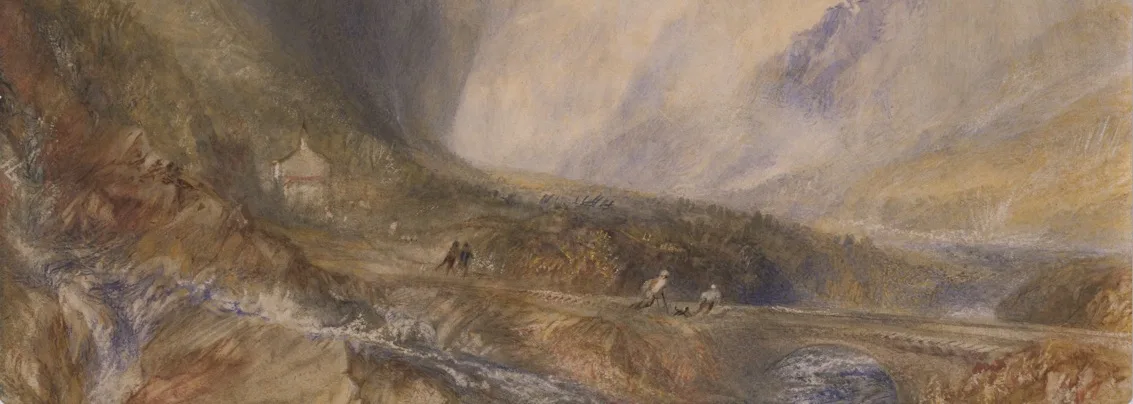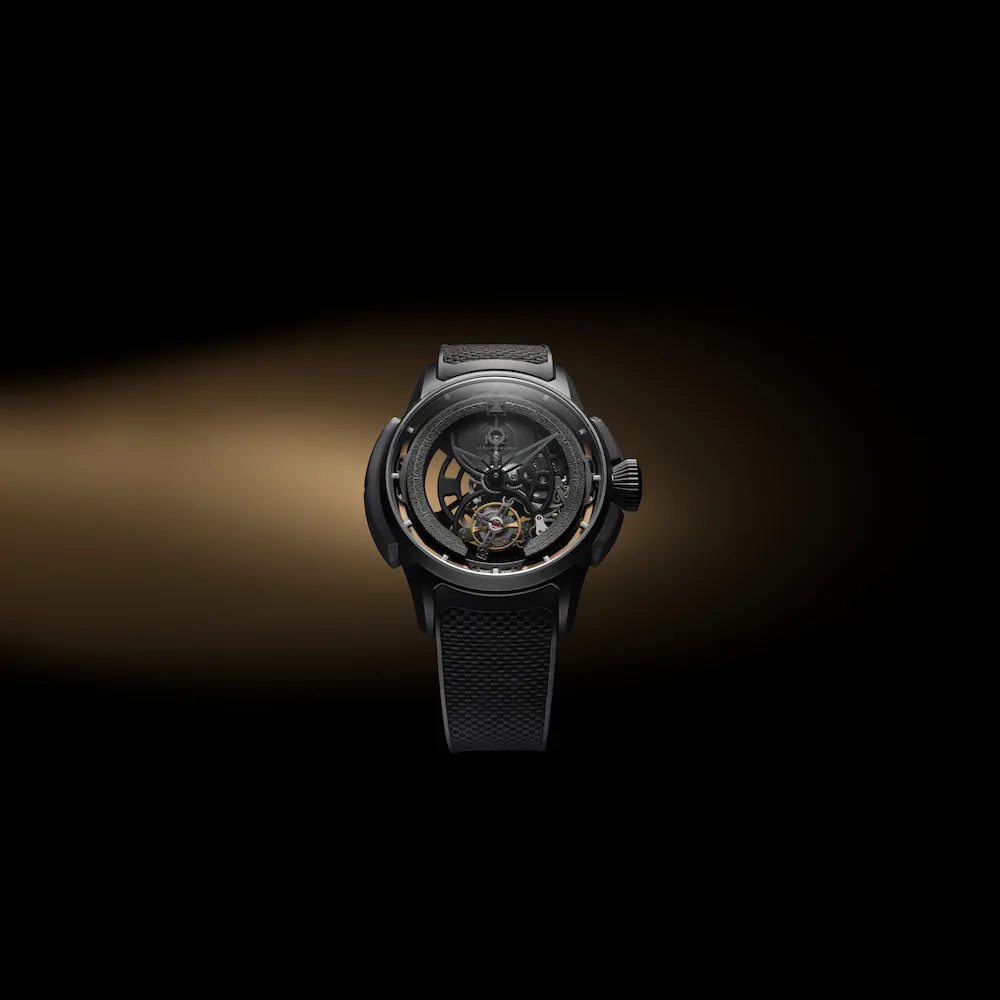For the first time in the history of the Rijksmuseum, the largest-ever retrospective exhibition of Vermeer has been organised, with the collaboration of the Mauritshuis in The Hague. Johannes Vermeer (1632–1675) is, without a doubt, one of the most significant artists of the 17th century. Both museums conducted exhaustive research about Vermeer’s artistry, his motivations for his compositions, as well as into the creative process of his paintings.
His work is best known for his tranquil, introverted indoor scenes, his unprecedented use of bright, colourful light and his convincing illusionism. In contrast to Rembrandt, Vermeer left quite a small body of work – about 35 paintings. As they are generally considered the most prized treasures of every museum collection, Vermeers are rarely lent out, so this show is a rare opportunity to see so many works of the artist under one roof.
Girl With a Pearl Earring, was lost soon after being finished, resurfacing 200 years later after being bought for pocket change. Since 1902, it has been housed by the Mauritshuis in The Hague.
Vermeer lived and worked in Delft, although none of his paintings are owned or displayed in his hometown. The Rijksmuseum itself has four masterpieces by the Dutch genius, including the world-famous Milkmaid and The Little Street. The Mauritshuis is lending Girl with a Pearl Earring – probably one of the most recognisable paintings in the world – as well as Vermeer’s View of Delft and Diana and her Nymphs. Other works that visitors can admire in this exhibition include The Geographer (Städel Museum, Frankfurt am Main), Lady Writing a Letter with her Maid (The National Gallery of Ireland, Dublin) and Woman Holding a Balance (The National Gallery of Art, Washington DC). Works never before shown to the public in The Netherlands include the newly restored Girl Reading a Letter at the Open Window from the Gemäldegalerie Alte Meister in Dresden.
View of Houses in Delft is an unusual painting for Vermeer, featuring ordinary houses. The artist’s aunt Ariaentgen Claes and her children lived in the house on the right.
Visitors can also try to see if they notice a couple of objects in The Milkmaid, which Vermeer painted over at a later stage: a jug holder and a fire basket. This discovery has been possible thanks to the use of the latest technology, including Macro-XRF and RIS scanning, which has enabled a team of curators, conservators and scientists from the Rijksmuseum to collaborate closely with colleagues from the Mauritshuis in The Hague and the University of Antwerp to conduct new research into Vermeers’s paintings. One can’t help but wonder what else hides in the Dutch master’s canvases.
Except for the trickle of milk, everything else in The Milkmaid is still, a snapshot of domestic life, which Vermeer painted with unparalleled mastery.
Parallel to this show, the city of Delft is running a parallel exhibition exploring the cultural-historical context in which Vermeer’s practice flourished, with works loaned from all over the world. This exhibition also showcases works by contemporaries of Vermeer, displayed alongside Delft pottery, Delft carpets, archival materials, and letters.
Rijksmuseum. Bezoekadres, Museumstraat 1, Amsterdam 1071 XX
Until 4th June 2023. Find out more HERE.
Audiences will get the chance to view the spectacular art in new Exhibition on Screen film, Vermeer: The Greatest Exhibition,which invites cinema audiences to a private view of the show. The film will be released in UK cinemas nationwide on 18th April. Watch the trailer HERE.
Words: Lavinia Dickson-Robinson
Opening picture: Partial view of A Lady Writing, Johannes Vermeer, 1664-67, oil on canvas. National Gallery of Art, Washington. Gift of Harry Waldron Havemeyer and Horace Havemeyer, Jr., in memory of their father, Horace Havemeyer.
Other images:
The Milkmaid, Johannes Vermeer, 1658-59, oil on canvas. Rijksmuseum, Amsterdam.
Girl with a Pearl Earring, 1664–67, oil on canvas. Mauritshuis, The Hague, bequest of Arnoldus Andries des Tombe, The Hague.
View of Houses in Delft, known as “The Little Street”, Johannes Vermeer, c. 1658-59, oil on canvas. Rijksmuseum, Amsterdam. Gift of H.W.A. Deterding, London.

















Show Comments +